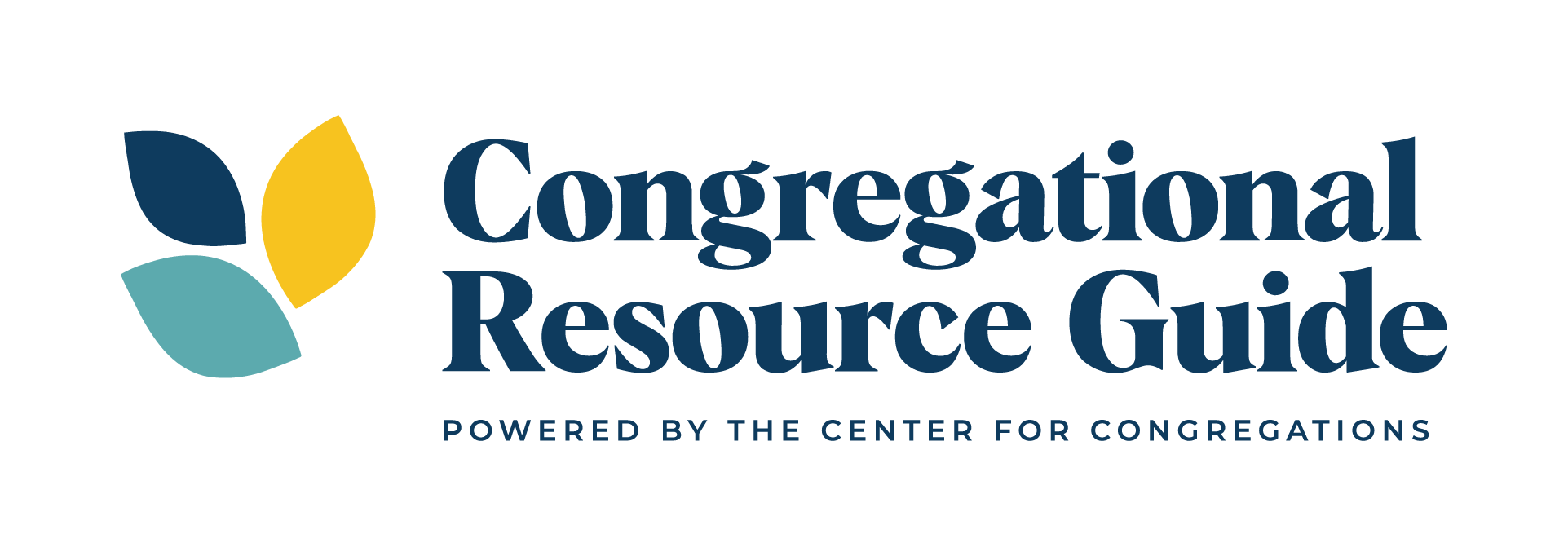The vitality of the relationship between clergy and the congregation is almost always an indicator of the degree to which a congregation is flourishing.
In the best situations, the relationship between clergy and lay leaders is characterized by a particular kind of affection that is unique from other relationships.
It includes respect, but it is more than respect. It is more than the honoring of office and roles. This affection includes friendship, but it is a particular kind of friendship. This kind of friendship is professional. It does not typically include spending a lot of time together socially. It is not shaped by the sharing of intimacies, that is, the sharing of deep secrets and wounds.
I have observed that the healthiest relationships between clergy and congregation is characterized by closeness that comes, not so much sharing vulnerabilities, as it is from sharing a common purpose.
This noticeable affection in successful congregations is exemplified by the clergy person’s competence and character in the pursuit of common God focused goals. This dynamic is what brings a lay leader to tell her friend, “We just love our pastor.” This affection is what leads the clergy person to look out upon the congregation and think, “I love these people.” And it is one of the primary conditions that helps a congregation to learn how to accomplish new things.
Check out these two resources that can help clergy and lay leaders attend to their relationships: the book Boundaries for Leaders and the book Healthy Churches, Faithful Pastors.


